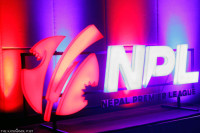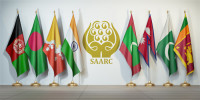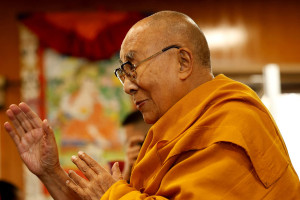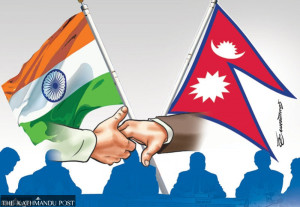Columns
The NPL juggernaut, unleashed
For the league’s future, Paras Khadka’s legacy must persist and be embraced by future CAN officials.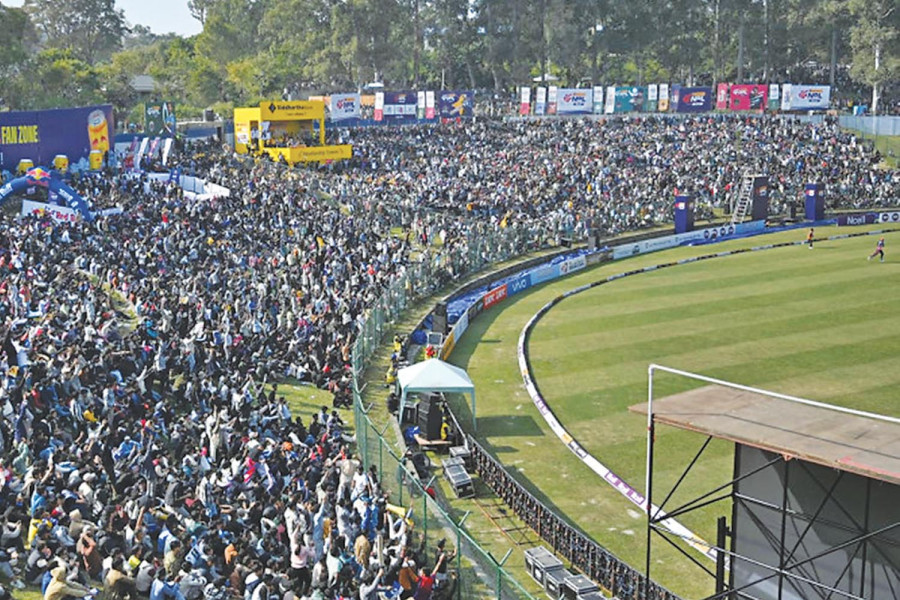
Paban Raj Pandey
The inaugural season of the Nepal Premier League (NPL), the brainchild of the Cricket Association of Nepal (CAN), surpassed the expectations of the organisers, the players, the fans, the officials and the global cricket fraternity. It also telegraphed important messages—to the cricketing world that as an up-and-comer, Nepal better be taken seriously; to the fans who have stuck with the team through thick and thin that better days are ahead; and to the powers that be that professionals, if left alone, can achieve top-notch results. Amid all the fanfare, this is also a time to remain vigilant about possible political interference, as myopic politicians devise ways to milk the cash cow that Nepali cricket can be.
Going by the early signs, the NPL, a franchise cricket featuring eight teams, is on the way to becoming much bigger, helping boost not just Nepali cricket but the economy altogether. Nature has given Nepal a lot to sell, with the nation hosting eight of the 14 peaks over 8,000 metres, including the tallest Mount Everest at 8,848.86 metres. Buddha was born in Nepal, as was Sita, the wife of Rama—the seventh reincarnation of Lord Vishnu. Religious tourism holds much potential in Nepal, and sadly, it is yet to be tapped to its fullest. Sports can help promote these icons globally. Legendary cricketer Brian Lara’s arrival for NPL and his helicopter visit to the Everest base region hit the headlines globally.
Each NPL team could have up to six foreign players, with only four making up the playing 11. Names such as Shikhar Dhawan (India), James Neesham (New Zealand), Ravi Bopara (England), Sohail Tanvir (Pakistan), Scott Kuggeleijn (New Zealand) and Chadwick Walton (West Indies) had the honour of representing their nations in Test cricket in their younger years. This helped create positive vibes globally pre- and post-tournament, not to mention during the three-week competition. Other famous names from Associate nations included Lahiru Milantha (US), Christopher Sole (Scotland), Merwe Gerhard Erasmus (Namibia), Michael Levitt (Netherlands) and Nicholas Kirton (Canada).
Fans deserve all the credit
In the years to come, in all probability, bigger names would want to come and play. No sooner did the tournament, billed as the Festival of Himalayas, get underway than more private-sector companies reportedly wanted to sign up as partners. Siddhartha Bank had already won the title sponsorship for five years. The opening match was a sellout. The Tribhuvan University ground, where all the 32 matches were held, is not a full-fledged stadium, as most fans sat on grass. We are talking 15,000 at the most. But the overall atmosphere in which the crowd could be seen singing and dancing to music between the overs went viral in other cricket-loving nations. Advertisers will die for such a fan base.
Nepali fans are known for their passion for cricket—not just on home soil but overseas as well. In 2016, 5,000 fans showed up at Lord’s Cricket Ground in London, known as the home of cricket, to witness the national side defeat Marylebone Cricket Club, the world’s oldest cricket club, in a 50-over clash. This was before Nepal was awarded a one-day international (ODI) status in 2018. In Dallas last year, in a T20 World Cup match in which Nepal lost to the Netherlands, 8,000 were in the stands. At home, the TU cricket ground routinely sells out whenever Nepal locks horns with other associate nations; often, even the opponents—in awe and under pressure—speak with admiration of the crowd and the atmosphere.
The debut edition of the NPL (November 30-December 21) was attended by 130,000 fans. Gate money is said to be well north of Rs40 million. The eight teams were auctioned for Rs160.9 million—ranging from Karnali Yaks’ Rs10.1 million to Pokhara Avengers’ Rs 35.7 million. Commercial rights were awarded to BrandlogiQ for Rs59.2 million. As per Chatur Bahadur Chand, Cricket Association Nepal (CAN) president, YouTube viewership was over 50 million; plus, 68,000 viewed the matches on other over-the-top (OTT) platforms. Star Sports, which the CAN paid to broadcast the event on its global platform, is yet to release viewership data, but it will likely be big; as early as next year, Star Sports is likely to pay for these rights.
Infrastructure investments needed
After Janakpur Bolts defeated Sudurpaschim Royals in the final and ended the tournament, brand value has been a topic of discussion among the fans, the media, advertisers and even CAN officials. It is too early for that, as it has just been a year. A couple of more years should help establish the real value. But if this year is any indication, there is plenty of runway for growth. A co-owner of Karnali Yaks was in the media, saying their overall expenses this year could fall between Rs80 million and Rs100 million; more importantly, he already put the team’s brand value over Rs500 million. It is possible that Indian Premier League team owners are jockeying for a position to get in on the NPL action early.
They are all eyeing the fan base—rightly so. Karnali Yaks, for instance, reportedly sold 5,000 T-shirts during the event. NPL has arisen at a time when the leading national players are raking in five to six million rupees a year in salary and brand endorsements. The promise of financial security, however, does not reach the district level. There is not much grassroots investment to begin with. The much-needed resources could come from the NPL in the years ahead. If let us say the future editions are held in a 25,000-capacity stadiums and tickets cost Rs500, gate money alone can exceed Rs10 million per match. Should there be home and away matches, we are talking serious money.
To this end, proper infrastructure is needed. Several stadiums are currently being built, including one by the private sector. Immediately ahead, the TU ground and Lower Mulpani in Kathmandu should be prioritised and fast tracked. If, instead, politicians begin salivating over cricket’s monetary prospects and begin meddling, for example, by influencing the selection committee or encouraging party politics within CAN, officials should vehemently resist this. Nepali cricket hopes Paras Khadka—CAN secretary, former national team captain and the man primarily responsible for the NPL success—stands like a rock to repel any improper intervention, and this is adopted as a legacy by future CAN officials.




 12.12°C Kathmandu
12.12°C Kathmandu


